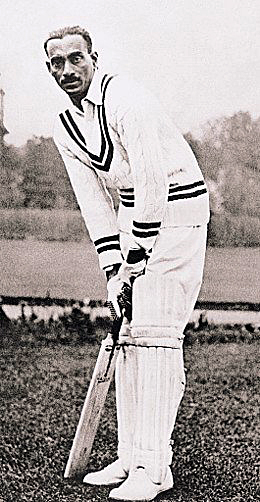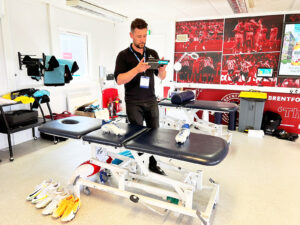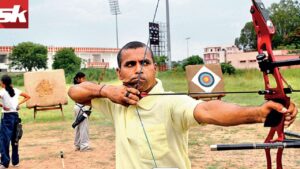Here’s how the ‘fatal bouncer’ of 1962 by West Indies fast bowler Charlie Griffith that ended the Test career of India’s Nari Contractor
Since the earliest days of Cricket, batting has always been a dangerous task. Even in the modern era of the game—well-equipped with padding and helmets—vulnerability of the batsman to injuries still exists. Mercifully, critical injuries are rare.
But back in 1962, it was a bouncer that had ended a Test career. India’s young captain Nari Contractor was left critically injured after being struck on the head by West Indies fast bowler Charlie Griffith’s bouncer. Though Contractor made a remarkable recovery, he couldn’t make a comeback to Test cricket. About 60 years later, the metal plate that was inserted in his skull was finally removed last year following a surgery on medical advice. Here’s a rewind of the fatal incident.
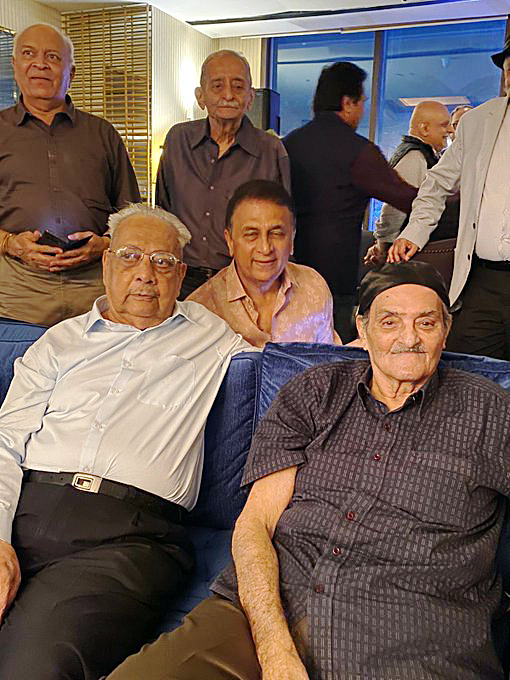
The tale is of an era when no protective gear was used and even the use of helmets was out of question, though there were no such restrictions on bouncers and beamers that we have today. It is a tale of one of the deadliest bouncers in the history of world cricket.
Recalling events of the fatal series
The Indian cricket team had gone to the West Indies for a test series in 1962. The first test match was held at Port of Spain in the middle of February. In the first innings, the Indian batting order collapsed. Wesley Hall, Garry Sobers and Charlie Stayers were taking wickets until India’s Salim Durani and Rusi Surti came to the field. Together, they took the Indian team from 89 with six wickets down to quite a respectable total.

Durani, as usual, played his natural game. He attacked and hit eight fours in his 56. No other batsman hit even a single boundary in the innings. Surti too provided able support with his 57, and India crossed 200.
In reply, West Indies didn’t take a big lead. Durani showed his all-round capability and took four wickets. Except Conrad Hunte, no one could hit a half century. But, West Indies got a slight lead.
But in the second innings, the Indian side crumbled. In a team that had Vijay Manjrekar, Dilip Sardesai and Polly Umrigar, no one could cross 30. The highest scorer was of Chandu Borde with 27. No wonder, the team was bundled out for 98. West Indies easily won the match by ten wickets, with their openers doing the job easily.
The second test was scheduled at Kingston. Here, India batted well in the first innings and reached 395, thanks to Borde’s 93, Nadkarna’s 78 not out and half centuries by Umrigar and Farokh Engineer.
But West Indies batsmen shattered Indian bowling side as Easton McMorris, Rohan Kanhai and Sobers, all hit centuries and the team amassed 631. When India came to bat, there was hardly any batsman who could play the fiery West Indian bowling attack.
Manjrekar and Jaisimha again failed to score well. Engineer’s 40 was the highest and India lost by an innings and 18 runs. After the first test loss, this was even more of an embarrassing defeat.
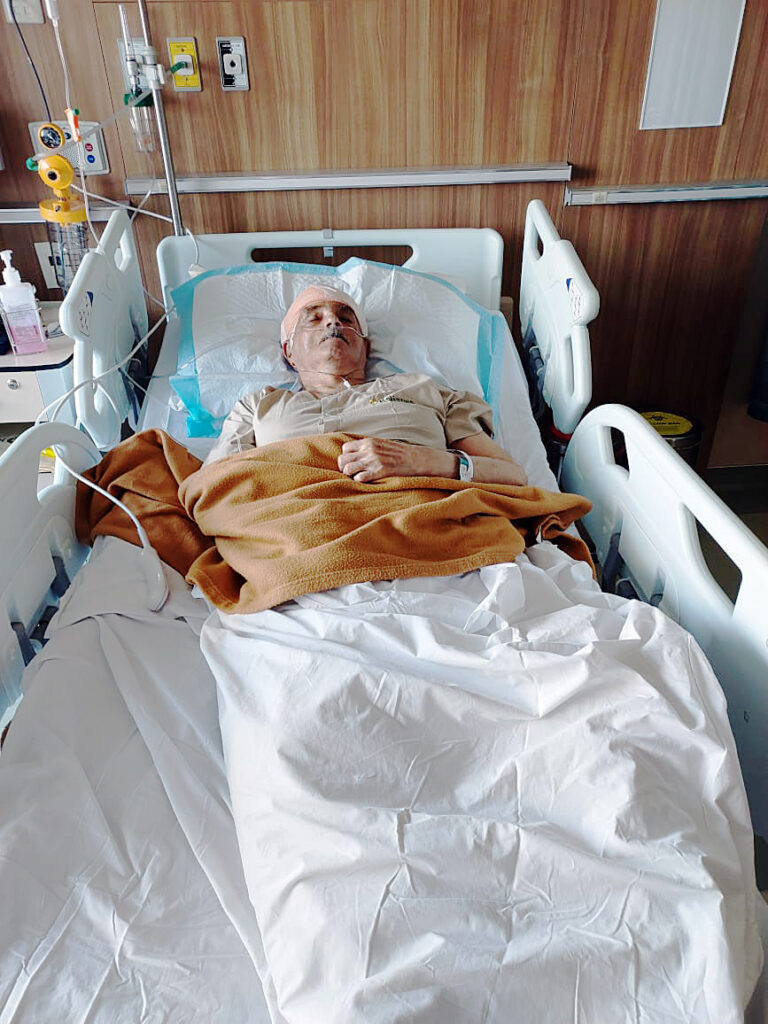
The Barbados match: How it all happened?
It was after the second test when India went to play a game with Barbados. Cricket historians mention that on the eve of the match, a cocktail party was held.
The legendary Frank Worrell had cautioned about a bowler who was sort of a ‘rough guy.’ He advised that it was better to get out, rather than getting injured. He said that a batsman was injured by the pacer’s ball and the latter didn’t even say sorry to the injured guy.
Who was that bowler? It was Charlie Griffith who was not a big name by then, but carried a ‘reputation’ locally. It was Griffith who was to bowl the lethal bouncer in this match.
In fact, Contractor had earlier decided to skip the match and take rest. However, due to several players getting injured, he had to join the playing eleven in this match.
When Contractor came in to bat, he had Russi Surti batting at the other end. Griffith who was earlier looking rusty had again regained his pace and was bowling with ferocity.
He bowled and Contractor couldn’t connect well, but the catch was dropped. Had he been caught, his career may not have been affected. However, the very next ball Griffith’s ball came like a bullet.
Apparently distracted by someone opening a window in the dressing room, he tried to play the ball towards short leg but misjudged the speeding ball that hit him just above the right ear.
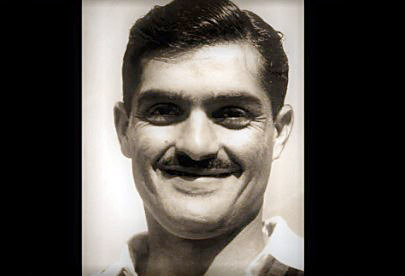
Blood on the pitch
Contractor collapsed, holding his head with both hands. The manager and others rushed but it was clear that something terrible had happened. There was blood oozing out of his nose and ears.
The blood was now on clothes too. He was witnessing tremendous pain and was taken to the dressing room, before he could get primary medication.
The surgeon was not a specialist. Somehow, a neurosurgeon was later called from Trinidad. Severe blood loss was taking its toll upon his condition. The news soon reached all corners of the world. It was a major shock for the Indian team as well as Indians.
As he was battling for life, cricket lovers were praying for Contractor’s recovery. He was still not out of danger. It took nearly six days before he could regain consciousness completely.
Frank Worrell was the first to donate blood. Polly Umrigar, Borde and Nadkarni also gave their blood. The prayers were answered when he finally recovered. But, it took multiple surgeries.
He was able to fly back home. Then, at the Christian Medical College in Vellore, a metal plate was inserted in his head. Incidentally, on the fateful day, March 17, 1962, Surti felt that Griffith was chuckling and had told Contractor about his suspicion. After the injury to Contractor, Manjrekar was also hit on the nose and he came out (retired hurt) off the field.
However, the latter had told him to instead talk to Umpire. As Contractor returned, Nawab of Pataudi Junior, Mansur Ali Khan, was given the mantle of captaincy after the second test.
Achievements prior to the injury
Till this incident, Contractor was a leading cricketer who had shown his mettle against England and Pakistan apart from other countries. The left hander stylish batsman had created a storm on his arrival.
He had scored centuries in both innings of his debut match in first class cricket, a record that he shared with Arthur Morris. He was ultimately selected for the Indian team.
Contractor soon became an important part of the squad. He played under half a dozen captains. At a young age, when he was just 26, selectors made him captain of the Indian cricket team. He led India to its first ever series win against England. In all, he played 31 tests.
End of test career
After the injury, he again came back to the cricket ground after two years.
Contractor played First Class cricket and continued to display his batting skills, however, his test career had unfortunately ended by that Charlie Griffith ball. He continued to play Ranji Trophy. Last year, after nearly six decades, Nari Contractor had to undergo yet another surgery.
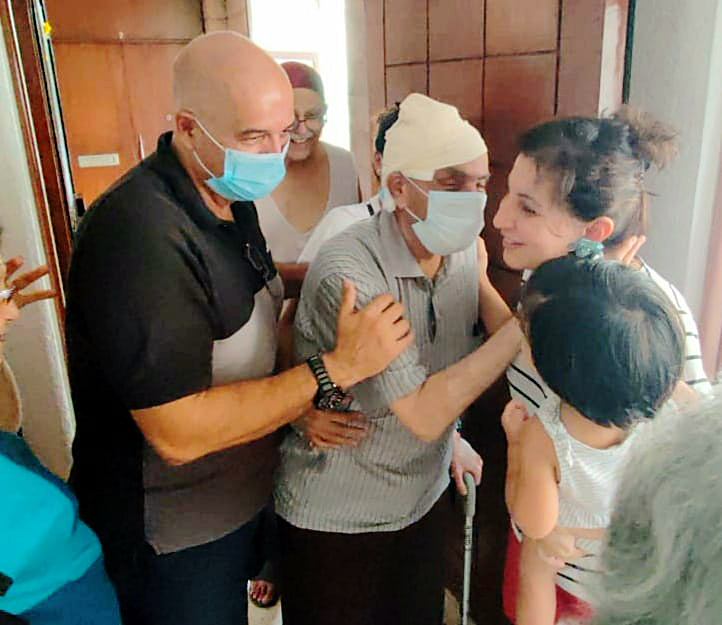
Veteran cricketers were concerned and visited the family. His son Hoshedar Contractor who had also played first class cricket said that the operation was a complete success. “He was kept in hospital for a few days and then taken home,” he added.
The family told the media that the metal plate was removed as skin was disintegrating around the plate and hence surgery was necessary. Dr Harshad Parekh and Dr Anil Tibrewala had performed the surgery.
Contractor returned home soon after. India’s former captain who represented the country in 31 tests, also played 138 first class matches and amassed 22 centuries apart from 40 half centuries. His 81 at Lords’ in adverse circumstances, when he played with broken ribs, and many such innings are remembered and are part of the cricket world’s glory.

